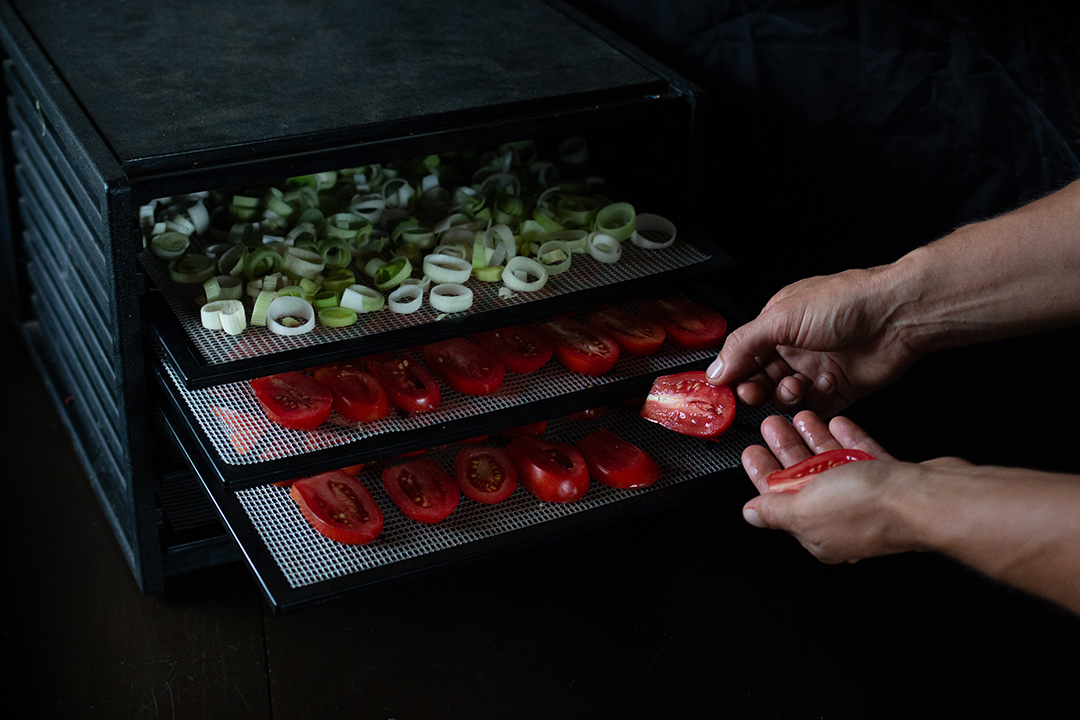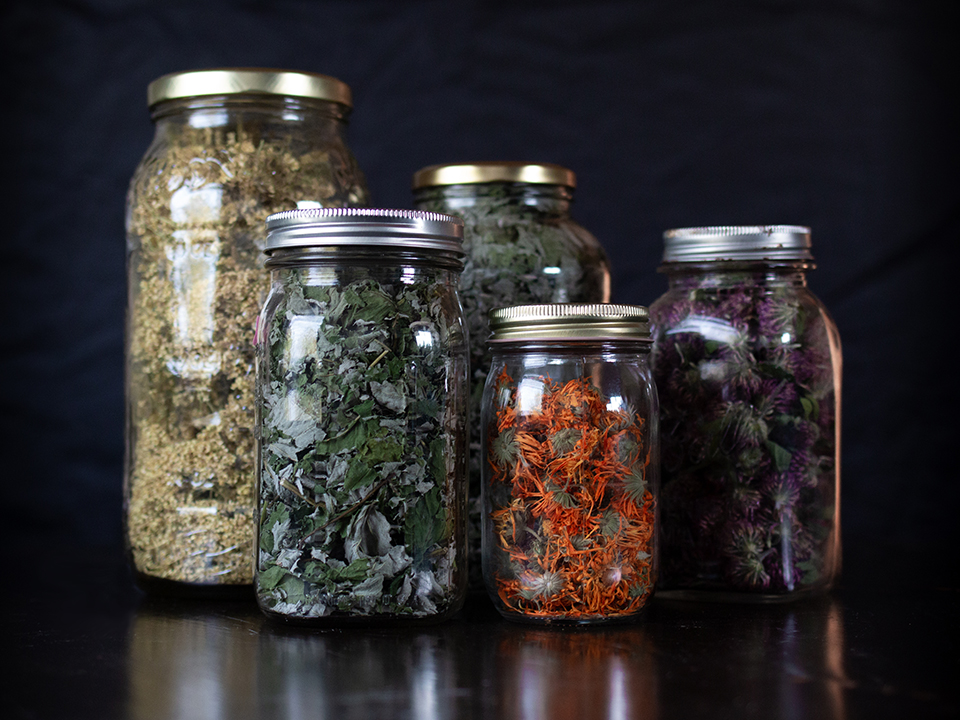
August means everything is ripe on the homestead. After many months of planting and weeding, we are finally reaping an abundant harvest. The garden is gushing forth produce, fruit trees and berry bushes are laden, chickens need processed, flowers need picked almost daily and more.
In this time of abundance, it is important to be putting away for the months when the garden is under snow. Our shelf of tomato canned goods in the basement was completely empty, so we are making sauce, juice, stewed tomatoes, salsa and ketchup to keep us well fed this winter. It is a good feeling to know the ingredients that go into each can and homegrown tastes so much fresher than store bought. Last year, our green bean crop struggled, so we had only a minimal amount in the freezer and really missed eating beans. So we are picking and freezing as many beans as the plants will give us this season. My last planting of green beans is just a few inches high and should start producing in September and continue right up to frost. No need grabbing beans from the freezer or off the canning shelf for supper when you can time things right so they are still coming out of the garden till the very end of the growing season.
A preservation method I am using heavily right now is dehydrating. Several times each week, I fill my Excalibur dehydrator with produce or herbs. I have a nice crop of leeks ripe so I am slicing them and drying them. I store the dehydrated rings in jars and can easily add a handful of dried leeks to winter soups which is our favorite way to consume them. I always like several jars of dried tomatoes for the winter. I use Roma tomatoes and make a small slice on each side to take off some outer skin and then make 3 or so long slices to lay on the tray and dehydrate at 115 degrees for about 2 days. In winter, they are easy to rehydrate in a bit of warm water and give them a whirl in the blender for a bright and fresh tasting sauce. I also dry many culinary, medicinal and tea herbs. My favorite dried herbs to have around are rosemary, sage and thyme. For tea blends, I have peppermint, lemon verbena, lemon balm, stevia and much more to choose from. Other plants like calendula flowers, chickweed, plantain and comfrey get dried so that we can make herbal salve in the winter. I pick my leafy herbs in the morning, just after the dew has dried, load the dehydrator and set the temperature at 105. Usually by evening, they are crisp dry and ready to put in jars.

One more nifty dehydrator trick is to use it to make kale chips. Tear kale into chip size pieces, drizzle with just enough olive oil to toss, sprinkle with seasoning salt and dehydrate at 155 for 1 ½ to 2 hours. No burning like happens so often in the oven!
In the midst of the food preservation hustle, don’t forget to take time to fully savor the flavors of the season. Blackberries and peaches are currently in season and my daughter recently treated us to some amazing hand pies. She paired fruit and herbs to make some tasty, gourmet goodies and we got to enjoy peach with thyme and a blackberry basil mix. August, you are a delicious month!

What good things are you eating and preserving from your garden?
*****
 Karen Geiser is a regular demonstrator and homesteading class teacher at Lehman’s. Photos by her daughter, Elizabeth Geiser ©2019.
Karen Geiser is a regular demonstrator and homesteading class teacher at Lehman’s. Photos by her daughter, Elizabeth Geiser ©2019.





























Great ideas
Excellent idea and a great way to preserve food?
Love your great ideas and tips! Thank you for taking the time to give us a snapshot of your day!